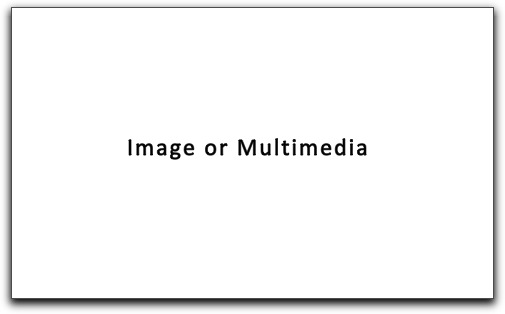Chapter 1. Models of Memory
1.1 Models of Memory

Short Description
Alex is on a trip to visit a place of significance in his life from eight years earlier.
Long Description
Alex is on a trip to visit a place of significance in his life from eight years earlier. Along the way, Alex experiences a sense of familiarity as he passes by landmarks that trigger old memories and remind him how to get to his destination. How does Alex remember his way after such a long time? Where are memories such as Alex's stored when not in use?
The human capacity for emotion is what distinguishes the memory system of the human brain from the memory system of a computer. Memories that are linked to emotions are more likely to be kept for future retrieval.
The three stages of memory, as outlined in the stage model of memory, are categorized by the duration of time the memory is stored in the brain and how we interact with it. In the earliest stage, sensory memory, information that enters through the senses is stored only for a few seconds. The information to which we actually attend then moves to the short-term memory, the second stage of memory processing. As we use and integrate the information stored in short-term memory, we activate the working memory, which is required in word, sound, and symbol recognition. Daniel Schacter describes three components of working memory—the phonological loop, the visual-spatial sketchpad, and the central executive. Attending to information in the short-term memory allows it to continue to move into long-term memory, where it is encoded and stored. Access to information in long-term memory occurs through conscious and unconscious processes known as implicit and explicit memory.
Much of our current understanding about the relationship between cognition and memory has been contributed by the field of cognitive neuroscience. Nonetheless, there is still a great deal of work to be done to learn more about this complex and fascinating system.